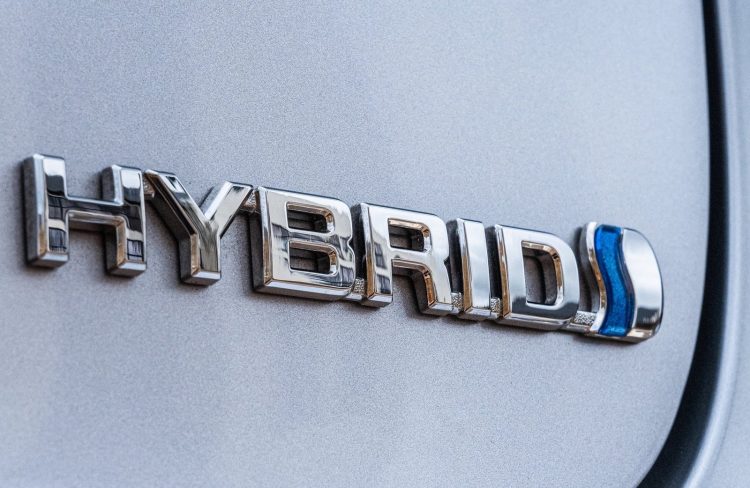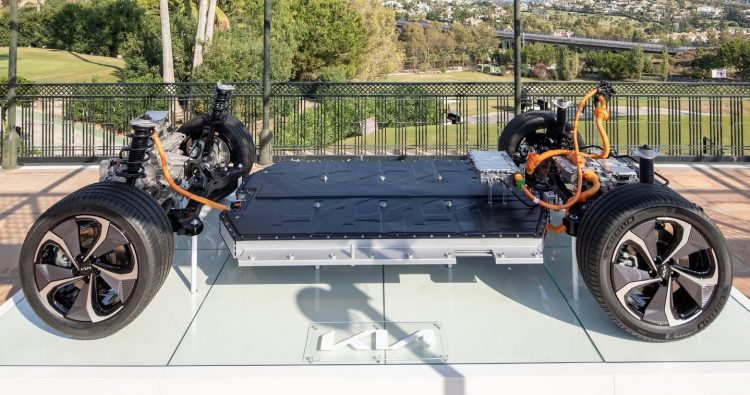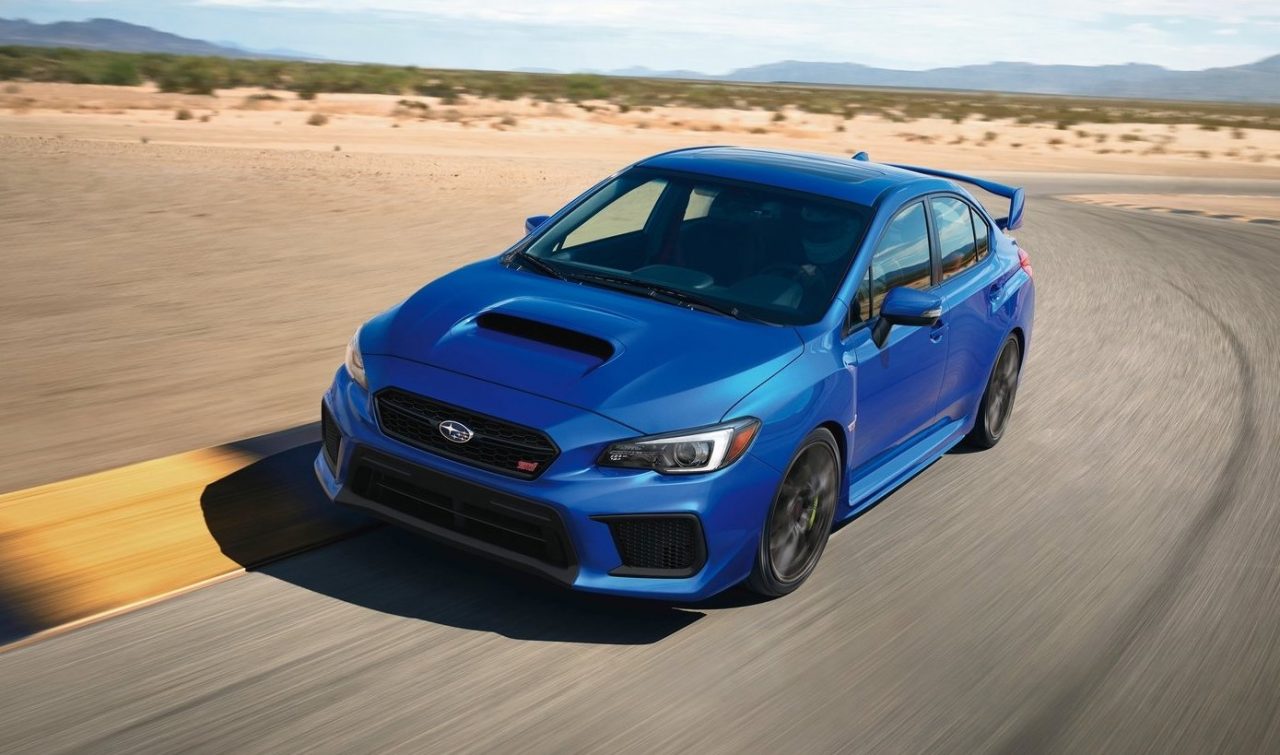Skyrocketing prices of nickel look set to present another set of challenges for auto manufacturers producing electrified vehicles, after prices for the metal quadrupled in the space of a week.
Price action for nickel has been so volatile in recent days that the London Metal Exchange actually suspended trading after prices doubled to $100,000 per tonne, in the wake of the Russia-Ukraine commodity shock. The ramifications for the auto industry and the car-buying public could potentially be huge.
Last year, Tesla’s Elon Musk stated that “nickel is our biggest concern for scaling lithium-ion cell production”, which gives some context to the skyrocketing prices the market is currently experiencing.
Reports state that 10 per cent of the world’s nickel supply originates in Russia, which has left commodity traders fearful of sanctions and trading embargoes specific to nickel, steel, aluminium and palladium – all of which are essential for the mass production of vehicles.
To make things more problematic, the world’s single-largest supplier of nickel, a Moscow-based miner named Nornickel, has intimate ties to the automotive industry with its production of nickel perfect for EV batteries.
Carlos Tavares, the head of automotive giant, Stellantis, told reporters that “an escalation of cost that comes from raw materials and energy is going to put more pressure on the business model”, while a VW spokesperson told the Guardian its current contracts would protect consumers from short-term price increases.
Chief executive at the Society of Motor Manufacturers and Traders, Mike Hawes, said: “Rising metal costs add further risk into global supply chains already impacted by inflationary pressures, component shortages and energy price rises. Vehicle makers are highly adaptable, but commodity prices are often set on international markets and volatility is expected for some time.”
There is, however, a chance that prices will stabilise to more reasonable levels in the near future, with analysts pointing out the short-term price impact of short-sellers rebuying their position to avoid steep losses, causing a price increase.


